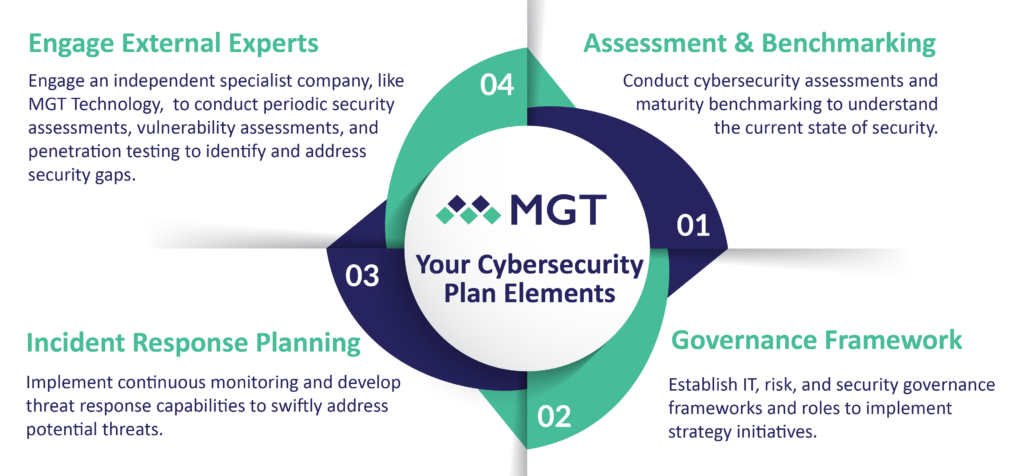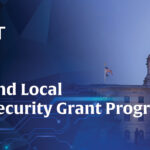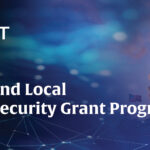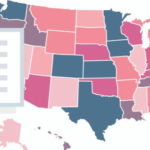Over 6 million personal records have been compromised due to cyber attacks against educational institutions*. With 50% of school districts spending less than 2% of their annual IT budget on cybersecurity threats, schools are finding it harder to safeguard against constant attacks. K-12 schools and districts must fortify their cybersecurity defenses against relentless threat actors seeking unauthorized access to sensitive data.
The threat landscape is daunting. The Cybersecurity and Infrastructure Security Agency (CISA) has indicated that the K-12 education sector is a prime target for cyber threats due to the wealth of personal and financial data it holds. Malicious actors, leveraging active and passive attack vectors, seek to alter information, compromise integrity, and steal confidential data, thereby impacting the operations of educational institutions. These threats and a lack of resources have cost educational institutions $53 billion in downtime losses alone.*
The challenges are multifaceted. School districts are deemed easy targets due to vulnerable users, and a staggering 16% lack full-time network security staff*. Moreover, the absence of audits, cybersecurity assessments, and roadmaps further compounds the issue. The slow response to known threats and limited cybersecurity tools only heighten the risks, putting personal information and school data in jeopardy. It’s imperative to take steps now to address these vulnerabilities, and MGT Technology has helped school districts across the country do just that.
Our team is guided by the pragmatic approach CISA proposes to fortify cybersecurity within resource constraints. They include:
-
- Strategic Investment: K–12 institutions are encouraged to invest in the most impactful security measures, aligning with CISA’s Cross-Sector Cybersecurity Performance Goals. Creating a long-term cybersecurity plan, leveraging the NIST Cybersecurity Framework, is encouraged.
- Addressing Resource Constraints: Acknowledge and actively address resource constraints by leveraging state cybersecurity grant programs, using free or low-cost services, and urging technology providers to enhance security controls without additional charges. Migrating IT services to secure cloud versions, a service provided by MGT Technology, is also recommended to minimize security burdens.
- Collaboration and Information Sharing: Recognize that no one entity can single-handedly identify and prioritize emerging threats. Thus, a focus on collaboration and information sharing is pivotal. Joining relevant collaboration groups and building strong relationships with cybersecurity personnel at regional and federal levels are essential steps.
To confront these challenges head-on, districts must develop a robust cybersecurity strategy. Our expert engineers recommend having these elements in your cybersecurity plan:

All stakeholders are responsible in fortifying K-12 cybersecurity. By adopting CISA’s recommendations, school districts can ensure the security of their digital infrastructure. Improved student outcomes, a 21st-century campus experience, and support for the whole student can only be achieved in a secure environment where mobility and distance learning opportunities thrive.
Connect with an MGT cybersecurity expert today to explore how our security assessments and Incident Response Planning Services can help protect your school’s IT infrastructure. Visit: https://www.mgtconsulting.com/technology or call 813.327.4717.
- Education ransomware attacks cost over $53B in downtime over 5 years: https://www.k12dive.com/news/ransomware-attacks-targeting-schools-colleges/694313
- Schools Are a Top Target of Ransomware Attacks, and It’s Getting Worse: https://www.edweek.org/technology/schools-are-a-top-target-of-ransomware-attacks-and-its-getting-worse/2023/
- The Cybersecurity and Infrastructure Security Agency (CISA) https://www.cisa.gov/
- Cross-Sector Cybersecurity Performance Goals https://www.cisa.gov/cross-sector-cybersecurity-performance-goals
- NIST Cybersecurity Framework https://www.nist.gov/cyberframework







